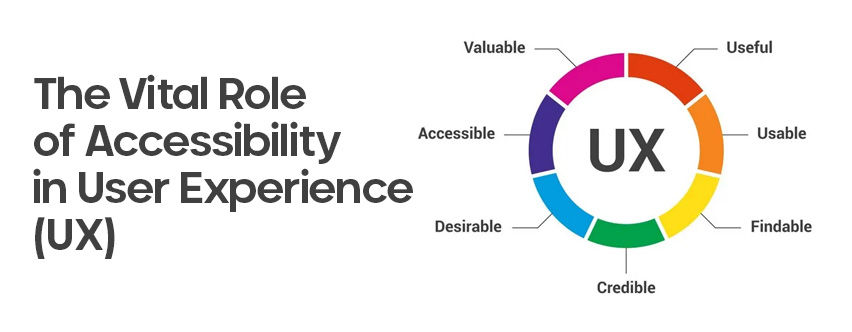In the realm of User Experience (UX) design, accessibility plays a pivotal role in ensuring that digital products and services are inclusive and user-friendly for all individuals. This article delves into the significance of accessibility in UX, highlighting its impact on user satisfaction, engagement, and overall brand perception.
Table of Contents
Understanding the Significance of Accessibility in UX
Accessibility in UX refers to the design and development of digital interfaces that are usable by a diverse range of users, including those with disabilities. It goes beyond mere compliance with guidelines; it’s about creating a seamless and equitable experience for everyone.
Comparison Table: Accessible UX vs. Conventional UX
| Aspect | Accessible UX | Conventional UX |
|---|---|---|
| User Inclusion | All Users Considered | Limited User Consideration |
| Usability | Enhanced Accessibility | Potential Barriers |
| User Engagement | Inclusive Interaction | Exclusionary Experience |
| Brand Reputation | Positive Perception | Potential Neglect |
Key Insights and Statistics
- 15% of the world’s population has a disability.
- The spending power of people with disabilities is estimated at over $1 trillion.
- 71% of users with disabilities will leave a website if it’s not accessible.
FAQ: Navigating Accessibility in UX
Q: What disabilities should UX designers consider when focusing on accessibility?
A: Designers should consider visual, auditory, motor, and cognitive disabilities, as well as situational impairments.
Q: How can accessible design benefit all users, not just those with disabilities?
A: Accessible design improves navigation, readability, and overall user experience for everyone.
Q: Are there specific guidelines or standards for creating accessible digital interfaces?
A: Yes, there are established guidelines like the Web Content Accessibility Guidelines (WCAG) that provide a framework for accessible design.
Q: How does accessibility affect a company’s brand and reputation?
A: Prioritizing accessibility demonstrates inclusivity, leading to positive brand perception and customer loyalty.
In Conclusion: The Inclusive Evolution of UX Design
The role of accessibility in UX goes beyond legal compliance; it embodies a commitment to inclusivity and user-centric design. By catering to diverse user needs, accessible UX design ensures that digital experiences are enjoyable, efficient, and barrier-free.
As technology continues to reshape our lives, designers have a responsibility to create digital interfaces that accommodate all users. Embracing accessibility is not just a trend; it’s a fundamental shift toward creating a digital world that welcomes everyone, regardless of their abilities.


Leave a Reply